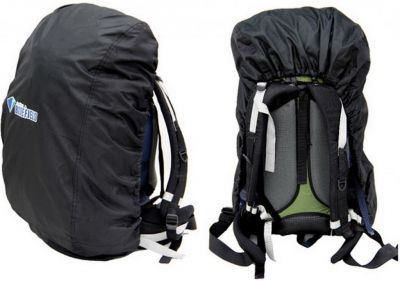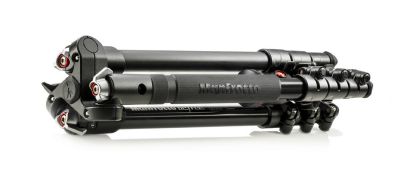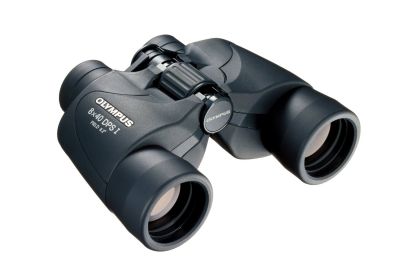
Besides your camera, there are some very handy accessories that you should be packing into your camera bag as a nature photographer. Over the years, I’ve had a lot of moments where I’ve wanted to tear my hair out because I didn’t have that essential accessory to hand. I’m not talking about big, expensive pieces of kit – but little things that can just make your life easier if you spend time outdoors with your camera.
1. Camera Bag Rain Cover
This is probably one of the best investments for your camera bag. Most nature photographers will find themselves far from shelter in order to get that perfect shot, but once the rain descends, then all is often lost. Even if your bag is waterproof, it’s unlikely to withstand a real downpour. Having a lightweight rain cover to shield your bag from the elements is a must-have. They work with elastic so they are easy to use and ‘one size fits all’.
2. Spare Batteries & Memory Cards
This is definitely one of those ‘basic’ tips for things to carry, but it’s nevertheless just as important as any other. Running out of power or memory on a shoot is the worst thing, and you don’t want to have to sit sifting through photos and deleting them to make space for other shots… which you’re probably missing anyway while you’re staring at the camera’s LCD.

Keep multiple batteries with you for your camera (I carry 6, although that’s because sometimes I am away from power for days at a time). Make sure you carry multiple memory cards with you that are cleared. I am guilty of not clearing my cards all the time, and I hate that moment when I load up a new card to find old photos on it – do I delete them? Have I backed them up already? Uh oh!
[REWIND: 5 COMMON MISTAKES THAT WILL RUIN YOUR WILDLIFE PHOTO]
3. Manfrotto BeFree Tripod
Not everyone likes to lug around a big, heavy tripod. Sometimes you just want to handhold the camera instead of carrying a lump of metal around just in case you need it. Well, Manfrotto have created a tripod just for these situations. The Manfrotto BeFree Tripod is designed for travelling, and weighing at under 1.4kg (less than a laptop); it really isn’t a burden to strap to your bag.
This is great because you can carry it, so you are ready for those unexpected moments where you really need a tripod. Perhaps you’ve spotted an opportunity for a long exposure photograph, or you want to perfect your framing.
4. Hex Keys & Other Tools
Telephoto lenses have their mounting foot secured to the lens through little bolts that require hex keys to be tightened or loosened. Should one of these start to wiggle loose, it is really important that it is tightened quickly. Despite the increased risk of your lens falling off the mount, it introduces wobble and makes it hard for you to hold the camera steady on a tripod.
It’s definitely worth carrying a multi-tool, too. Tripod plates are constantly coming loose, and I often resort to using my car key to do a pretty poor job of tightening them. They come loose again pretty quickly with this method, and it’s definitely not a safe way of mounting your treasured kit.
5. Binoculars
If you’re in the wildlife photography game, then you probably look through your lens trying to spot something at a distance. This means lifting a big heavy telephoto up to your eye, taking a photo and zooming in on the LCD. It’s really impractical, and actually is a lot of effort, come to think of it. I used to do this all the time, until I bought a small pair of binoculars to keep in my bag. This makes it easy to check out objects at a distant, often in an effort to locate the animal I’m trying to get near to.
6. Map & Compass
If you’re wandering around in the wilderness, then you really should take a map with you. Go one step further and take a GPS if you want, but a map & compass should do you fine unless you’re really out in the sticks.
There’s nothing worse than getting lost, especially as the light is getting low outside and the temperature is dropping at the end of the day. Come prepared so that you can get yourself back to safety easily.
7. Cleaning Wipes
These are absolutely great – and only a recent addition to my bag. I use to just carry microfiber cloths around for cleaning my camera lens, but these Zeiss Cleaning Wipes are even better. They’re soaked in cleaning fluid and allow you to wipe away any dust that might be in the way. The fluid then evaporates in the air, leaving your lens streak free.
While they are great for cleaning most dirt, you must be careful about rubbing any grit on the lens into the glass. Have a read of this for more instruction on how to properly clean your lens.
8. Head Lamp
This is a real must, especially if you’re working at night photographing the stars. A head lamp not only keeps you safe, but it helps you to see dials and other things when setting up your camera. The elastic strap keeps it positioned out of the way on your head, freeing up your hands to use the camera. Again, they’re lightweight and easily stuffed into your bag for the moment they are needed.
9. A Snack
Take some kind of energy bar with you. They keep you going when the going gets tough – plus it’s one less excuse to go home, allowing you to keep shooting through the hunger of a long day! The same goes for water – especially if you’re out for a long time. Carry enough with you, as once you get thirsty, it is often all you can think about. Even if you’re only anticipating a short shoot one day, make sure you take something with you as we’ve all had those moments where we want to stay out with our cameras as long as possible.
10. What do you think?
For my tenth recommendation… well, it’s over to you! Please share in the comments what pieces of equipment you keep with you in your camera bag that you couldn’t do without (excluding your camera obviously!). While I know what works for me, there are often things I haven’t thought about. Share away!











Get Connected!